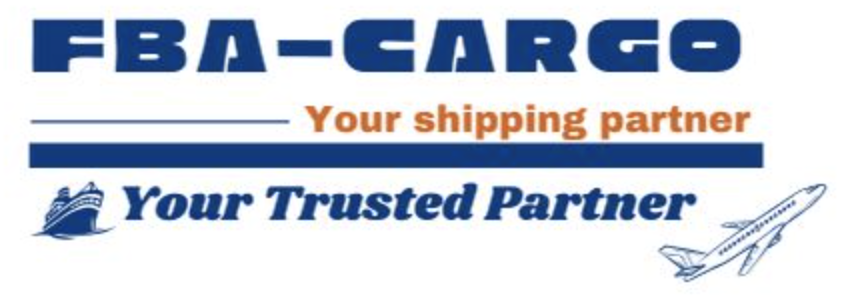Ensuring a Smooth Shipping Process
Shipping goods efficiently and accurately is crucial for businesses that depend on delivering products to customers or partners. To avoid delays, extra costs, or potential issues with your shipments, it’s essential to follow a comprehensive pre-shipment checklist. This guide outlines the key steps and details you need to address before shipping your goods to ensure a seamless process.
Why a Pre-Shipment Checklist Matters
A pre-shipment checklist is your safeguard against common shipping problems. It helps ensure that all necessary details are handled, reduces the risk of errors, and improves overall efficiency. Proper preparation can prevent costly mistakes, such as incorrect shipments, regulatory non-compliance, or damaged goods.
The Pre-Shipment Checklist
1. Verify Product Details
- Product Description: Ensure that the product description is accurate and matches what is expected. Include specifications, features, and any other relevant information.
- Quantity: Double-check the number of items being shipped to avoid discrepancies.
- Condition: Inspect goods for any damage or defects before packing. Ensure that they are in the condition promised to your customer.
2. Confirm Packaging Requirements
- Packaging Type: Use appropriate packaging materials based on the nature of the product (e.g., fragile items need bubble wrap or foam, while non-fragile items can use standard cartons).
- Labeling: Ensure that all packages are correctly labeled with relevant information such as the destination address, return address, and handling instructions (e.g., “Fragile” or “This Side Up”).
3. Prepare Shipping Documentation
- Invoice: Include a detailed invoice with the shipment. This document should outline the contents, value, and any other pertinent information.
- Packing List: Provide a packing list that details all items in the shipment. This helps with customs clearance and inventory management.
- Certificates and Permits: Check if you need any specific certificates or permits for your goods, especially if shipping internationally (e.g., health certificates for food products).
4. Review Shipping and Delivery Instructions
- Shipping Method: Choose the appropriate shipping method based on the urgency, cost, and type of goods (e.g., standard, express, sea freight, or air freight).
- Carrier Details: Confirm the details with the chosen carrier, including pickup times and any special instructions.
- Delivery Address: Verify the destination address to ensure accuracy and avoid delivery issues.
5. Understand and Comply with Regulations
- Customs Requirements: For international shipments, ensure that you understand and comply with the customs regulations of the destination country. This includes correctly declaring the value of the goods and understanding any tariffs or duties.
- Regulatory Compliance: Make sure that your goods meet all the regulatory requirements for the destination country. This may include safety standards, environmental regulations, or import restrictions.
6. Arrange for Insurance
- Insurance Coverage: Consider arranging insurance coverage for your shipment to protect against loss, damage, or theft. This is particularly important for high-value or sensitive items.
7. Schedule and Confirm Pickup
- Pickup Appointment: Schedule a pickup time with your carrier and confirm the details. Ensure that the carrier has all the necessary information and that your shipment is ready for pickup.
- Documentation Hand-off: Make sure all required documentation is handed over to the carrier at the time of pickup.
8. Track and Monitor Shipment
- Tracking Information: Obtain and verify the tracking number provided by the carrier. Monitor the shipment’s progress to ensure it is moving according to schedule.
- Customer Notification: Inform your customer about the shipment details and provide them with tracking information, if applicable.
Conclusion
A well-prepared pre-shipment checklist is vital for ensuring that your goods are shipped efficiently and accurately. By following these steps, you can minimize the risk of delays, errors, and additional costs. Thorough preparation not only helps in maintaining customer satisfaction but also enhances your overall shipping process.
Implementing a pre-shipment checklist into your workflow is a proactive approach that can lead to smoother operations and a more reliable supply chain. Whether you are shipping domestically or internationally, careful planning and attention to detail are key to successful shipments.






